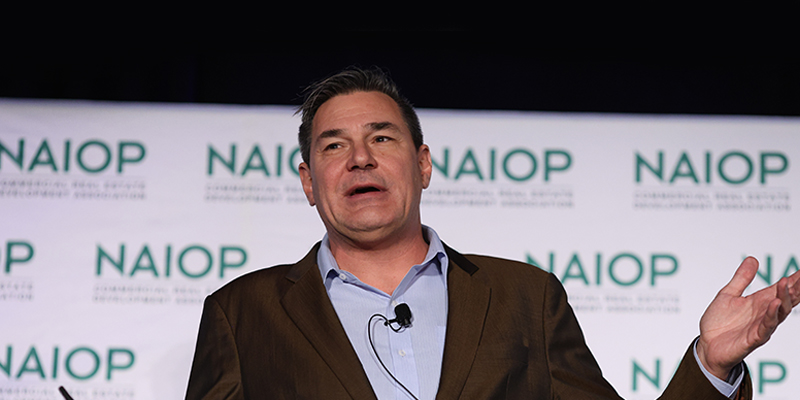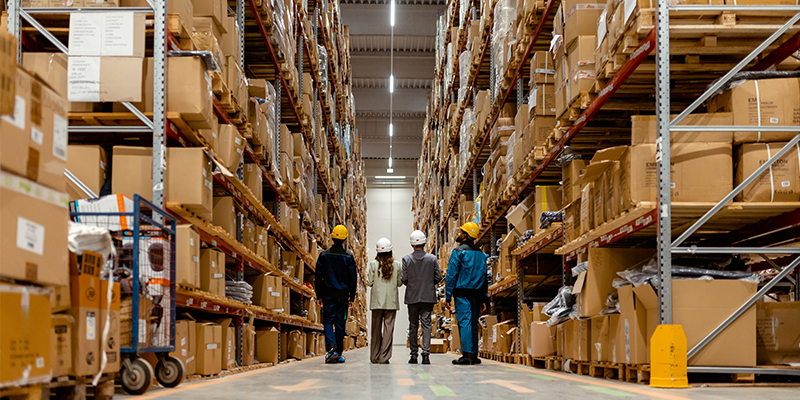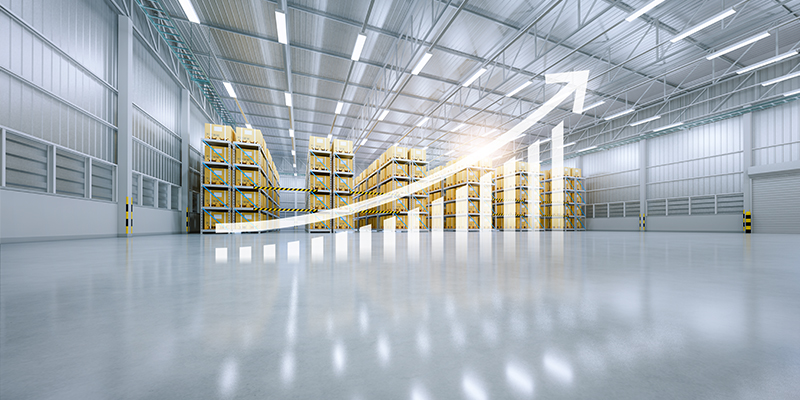By Brielle Scott
“The first thing I have to talk about today is what we think is happening in our economy,” began Chris Thornberg, Ph.D., founder of Beacon Economics and keynote speaker at I.CON West this week in Los Angeles. “Call it our social narrative or our lived experience. It’s what we read in the papers, it’s what we hear coming out of our elected leaders’ mouths, it’s what drives policymakers’ decisions on a day-to-day basis.”
The other thing I’m going to talk about is what’s actually happening in the economy today. That is to say, our objective statistical reality. The world I see in the data on a day-to-day basis.”
To be a good forecaster, you have to understand both of these well, Thornberg said, because the narratives are what drive choices: the choices of households, the choices of investors, the choices of policymakers. But it is economic reality that determines the outcome of those choices, so we have to pay attention to both.
“Unfortunately, what’s happening in our world today is I see the narrative rapidly departing anything resembling reality,” he said.
He started with one basic fact: Consumer spending is 70% of GDP.
“If consumers are spending, everything else is irrelevant,” said Thornberg. “They will pull us out of rising interest rates. They will get us through problems with credit constraints. They could even get us through a little bit of trade war.”
As long as American household finances look good, the economy will continue to grow.
“The real problem is, why do consumer finances look so strong? Why are households so comfortable right now?” Thornberg posited.
“Well, they’re not paying for all these wonderful government services. Our federal deficit right now is 7% of GDP. That means Americans don’t have to pay for a pile of the benefits we’re receiving. Sure, that makes our income look higher, but remember, what’s happening is the government is simply borrowing on our behalf.”
Americans feel great because their house is worth a lot, and their stocks and 401(k) are healthy, he said.
“But none of that makes any sense. We have an asset bubble. Housing is overpriced. The stock market is violently overpriced. We have a steady economy right now on the basis of two big problematic imbalances: the federal government deficit and an asset bubble.”
“Now into the midst of all this, of course, here comes Donald Trump,” said Thornberg. Despite the flurry of policy changes and mass firings and the rest, the thing Americans most need to worry about it what Trump is not going to do, he said.
“Because what Donald Trump is not going to do is the same thing his predecessor, Joe Biden, didn’t do. He’s not going to deal with the deficit. He’s not going to deal with the asset bubble, and he’s not going to deal with the external imbalances, which are growing dramatically.”
Our external investment imbalance is the worst it’s ever been, Thornberg said. We owe the rest of the world $26 trillion. “And yet it has played no role, almost no role, in politics over the last few years. It was barely mentioned in the run-up to last year’s presidential election,” he pointed out.
Thornberg added that it’s not a question of whether the Democrats or Republicans are the better party to fix it. They’re both doing the same thing: They’re ignoring it. And therein lies the danger.
The outlook for consumers with all that chaos is still good: Real disposable incomes are rising, real net worth has continued to rise despite the increase in interest rates, asset prices have just kept going up, and household savings rates are still in positive territory.
“How often have you heard this? ‘Americans have been crushed by inflation. Households cannot spend because of inflation. Their finances have been wrecked because of inflation.’
“We hear that over and over. But keep in mind – that is a complete oxymoron. If consumers were hurt by rising prices, demand would fall. And if demand falls, prices stop rising. That’s how it works,” Thornberg explained.
The economy is roaring, and immigration is a key reason. In the last 15 years, half of all new workers in our workforce were born overseas, Thornberg said, repeating the statistic for emphasis. “If we didn’t have immigration in this nation, think how bad things would be right now from a labor shortage perspective. The U.S. is incredibly labor dependent.”
“But again, coming into the presidential election, [immigration] was considered one of the top problems along with inflation. Such an odd dichotomy.”
In North America, Canada and Mexico are experiencing something the U.S. isn’t: labor force growth. Over the last decade, the U.S. has grown its labor force by 7.5%;in Mexico and Canada, it’s been 17.5%, more than twice as much. In Mexico, it’s because they have a healthy birthrate; in Canada, it’s because they have lots of immigrants, Thornberg said.
This is why, when prior to the COVID-19 pandemic, when the U.S. put tariffs on China, we didn’t see onshoring, we saw nearshoring. Manufacturers came back to North America, but they didn’t come to the United States.
“We don’t have enough workers, and the workers we have are too expensive,” Thornberg said. “They went to Mexico, and they went to Canada, and that’s one of the reasons why trade with Mexico and Canada have absolutely taken off. So, yeah, I start to get a little worried when the first policy [of the Trump administration] is we’re going to start slapping tariffs on Canada and Mexico.”
Still, with all the chaos going on, there’s no chance of a recession this year, Thornberg said. Households are strong, they will continue to push consumer spending, and that will keep everything else moving along. But the headwinds are going to intensify.
“These household finances are built on incredibly flimsy foundations of massive deficits, massive amounts of borrowing for the rest of the world, all predicated, of course, on these incredibly high asset prices. At some point in time, it’s going to wear off,” he said.
When’s it going to occur? He admitted to the group that he can’t predict the timing, but Thornberg said he hopes it occurs sooner rather than later, “because the longer these things go, the longer these imbalances build up, the uglier the hit will be.”
Ultimately, the way to get out of this mess is to take a step back and realize the problem here is us, he added. It’s our inability to recognize our own biases.
“If we can have a little bit more humility and accept the fact that the world is not what we think, then maybe we can have a little better conversation at the national level. But that’s a big ask.”

This post is brought to you by JLL, the social media and conference blog sponsor of NAIOP’s I.CON West 2025. Learn more about JLL at www.us.jll.com or www.jll.ca.








